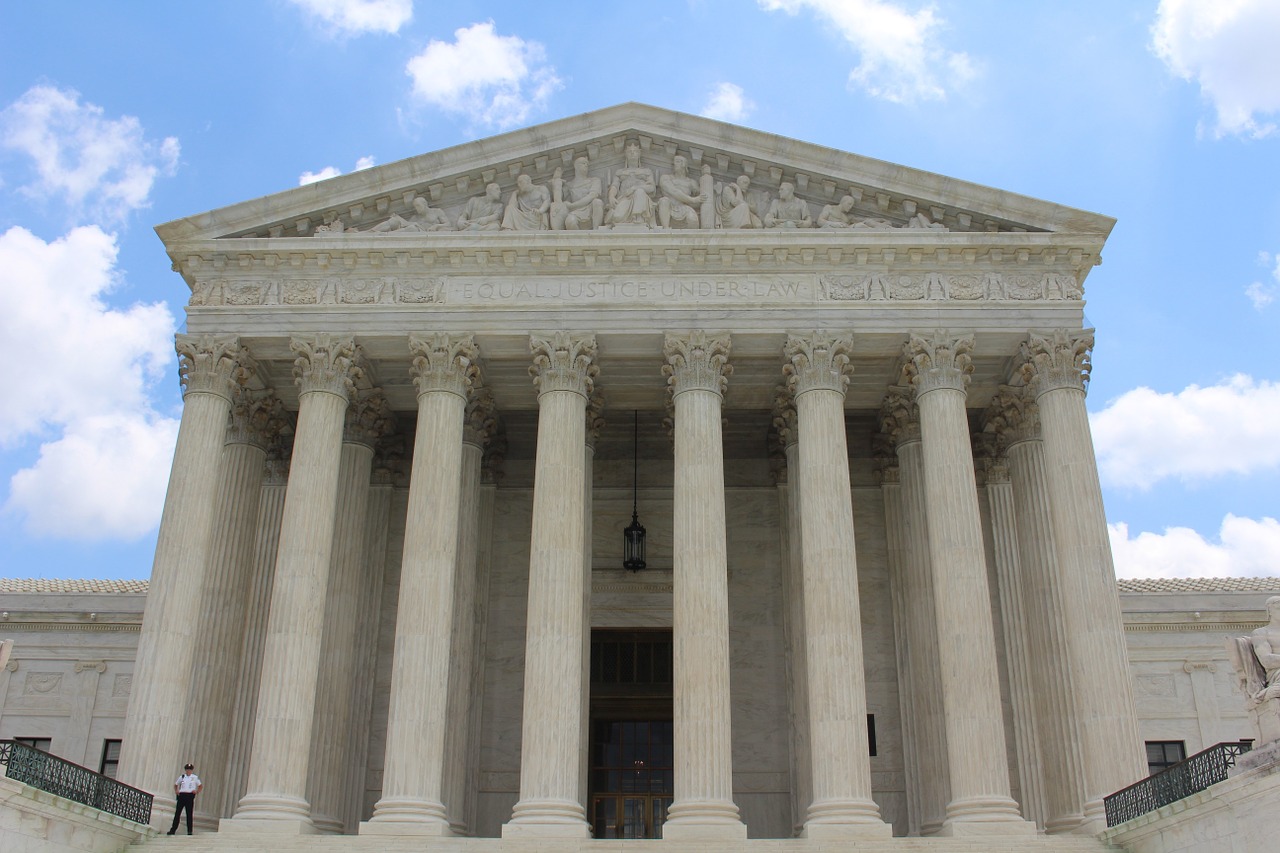Attorney General William Barr’s decision directing the Bureau of Prisons to resume execution of inmates sentenced to death by the federal government is so inconsistent with recent developments with respect to the death penalty that it makes plain how the action is driven more by electoral politics than public safety or penal policy.
Nine states have abolished capital punishment in this century, New Hampshire being the latest. A total of 21 states have now abandoned the death penalty and four more have governor-imposed moratoriums. Not only has the number of executions decreased mightily (23 in 2017, 25 in 2018, compared with 98 in 1999), but the number of death sentences handed down by juries has plummeted. Jury panels that heard often gruesome evidence handed out only 42 death sentences last year, compared to to 315 in 1996.
A recent report of the United States Bureau of Justice Statistics found that the national death row population had declined for the 17th consecutive year. Only ten people have been put to death so far in 2019. Federal death penalty cases are few. Only about sixty (the number shifts due to court decisions) of the 2,703 nationally subject to execution were federal prisoners, making clear that in terms of Barr’s order—which glosses over that the lethal drug to be used may not be obtained from a reliable manufacturer—was more symbol than substance.
A closer look suggests what’s really going on behind the Department of Justice’s statement: “We owe it to the victims and their families to carry forward the sentence imposed by our justice system.”
The federal government has not conducted an execution since 2003. Indeed, only three men have been put to death by Washington since 1998. The present formal moratorium was put in place five years ago by President Obama, which may be another instance of what many have noted has been the President Trump’s efforts to undo every instance of his predecessor’ policies. President Trump has previously called for the resumption of the death penalty and famously called for the execution of the later exonerated Central Park Five.
More fundamentally, the pattern of executions in the United States has for decades largely been a red state phenomenon. Of the eight states that carried out executions in 2017, only Virginia voted for Hillary Clinton in 2016. Additionally, Ohio might be regarded as a battleground state in the 2020 election. The rest are all Southern or border states that would be expected to line up in the Trump column.
Justices like Kennedy and Stevens, opponents of the death penalty once expected abolition would come from an eventual Supreme Court decision but confirmation of Trump’s nominees, Justices Gorsuch and Kavanaugh, have dashed those hopes.
The world’s democracies have abandoned capital punishment. In this country, the decline in support has been steady but partial, spurred by the innocence movement and the substitution of life without parole sentencing statutes for death verdicts. In recent years, the move toward restricting and ultimately abolishing capital punishment has come from the states, which carry the burdens and the expense of maintaining the sanction.
The traditional justifications for capital punishment, such as deterrence, have fallen away. The death penalty survives largely because attention is often directed to individual cases of horrible violence, rather that the operation of an error filled, bureaucratic system that metes out the penalty in arbitrary and racially biased fashion. Barr’s announcement may attract some votes, but it is unlikely to change the dynamics that have increasingly turned the death penalty into a national embarrassment.
Michael Meltsner is the George J. and Kathleen Waters Matthews Distinguished University Professor of Law at Northeastern University Law School, and has handled many civil rights cases including Furman v. Georgia – the 1972 Supreme Court case that first restricted the death penalty.
Suggested citation: Michael Meltsner, The Return of the Federal Death Penalty, August 1, 2019, https://www.jurist.org/commentary/2019/08/michael-meltsner-death-penalty.
This article was prepared for publication by Ashley Rundell, a JURIST Staff Editor. Please direct any questions or comments to her at commentary@jurist.org.


